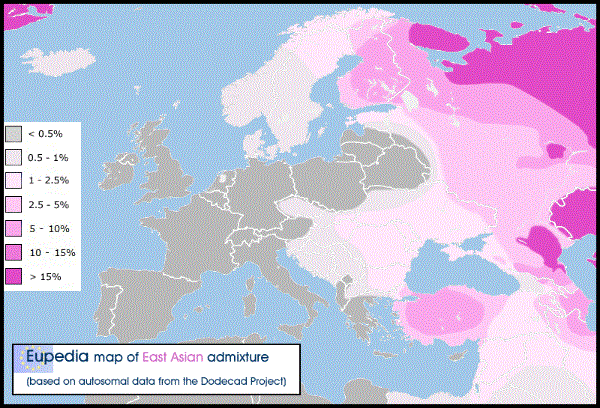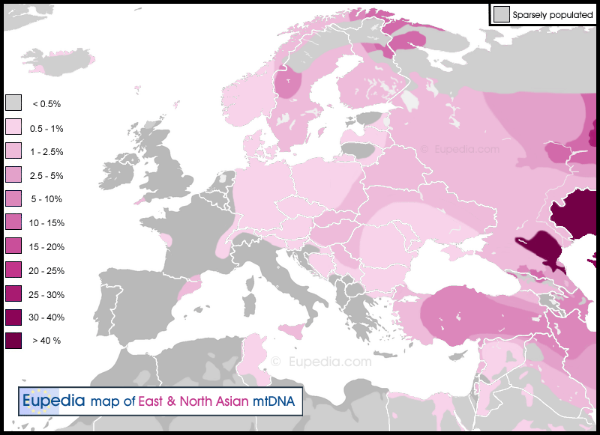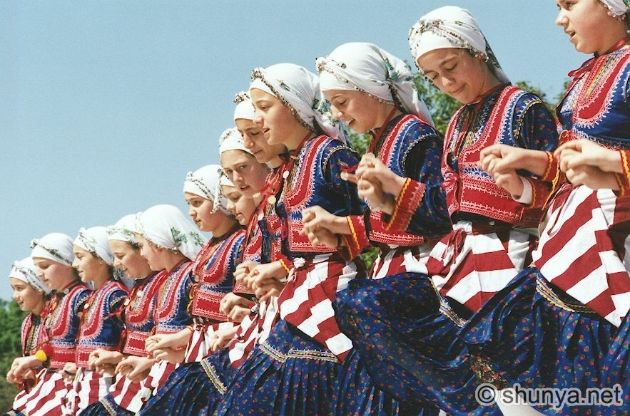Post by Admin on Nov 18, 2022 19:59:25 GMT

Sgraffito pottery fragments from the 12th century showing Greek warriors wearing the fustanella, from Corinth, Greece.[11]
"Although some scholars have claimed that the fustanella was introduced into Greece by Albanians in the 15th century,[3][12][13][14] archaeological evidence shows that the fustanella was already in common use in Greece as early as the 12th century,[11] predating the arrival of Albanian-speakers on Greek lands by several centuries. The full-pleated Greek fustanella was worn originally as a military outfit and seems to have been reserved for persons of importance.[11] It was frequently worn in conjunction with bows, swords, or battle-axes and frequently shown covered with a jointed corselet, or with a vest of chain mail.[11]"
"The Greek fustanella differs from the Albanian fustanella in that the former garment has a higher number of pleats. For example, the "Bridegroom's coat", worn throughout the districts of Attica and Boeotia, was a type of Greek fustanella unique for its 200 pleats; a bride would purchase it as a wedding gift for her groom (if she could afford the garment).[18] A fustanella is worn with a yileki (bolero), a mendani (waistcoat) and a fermeli (sleeveles coat). The selachi (leather belt) with gold or silver embroidery, is worn around the waist over the fustanella, in which the armatoles and the klephts placed their arms.[19]"
en.wikipedia.org/wiki/Fustanella#Evolution

GREEK FUSTANELLA IS GREEK





























































